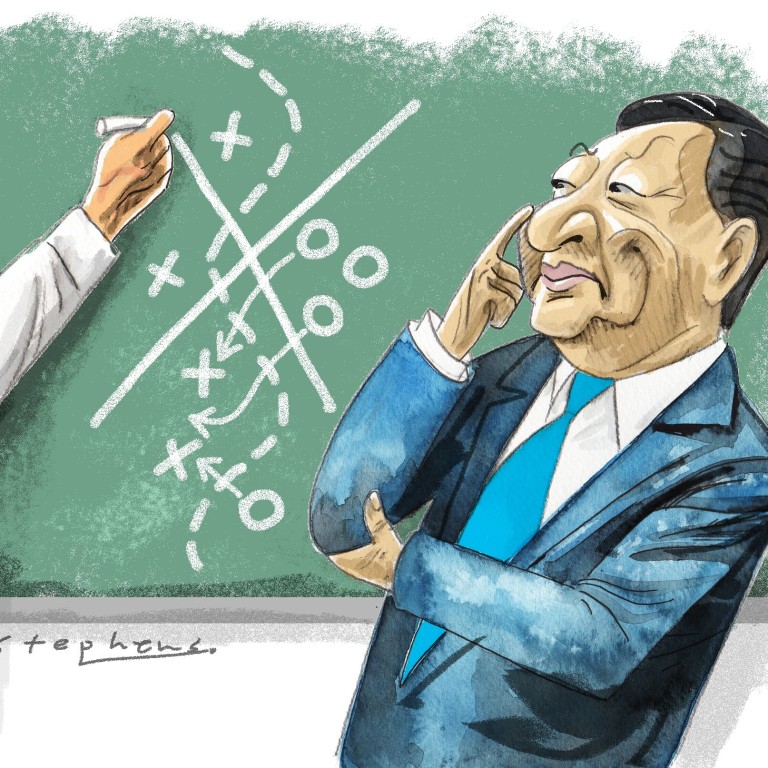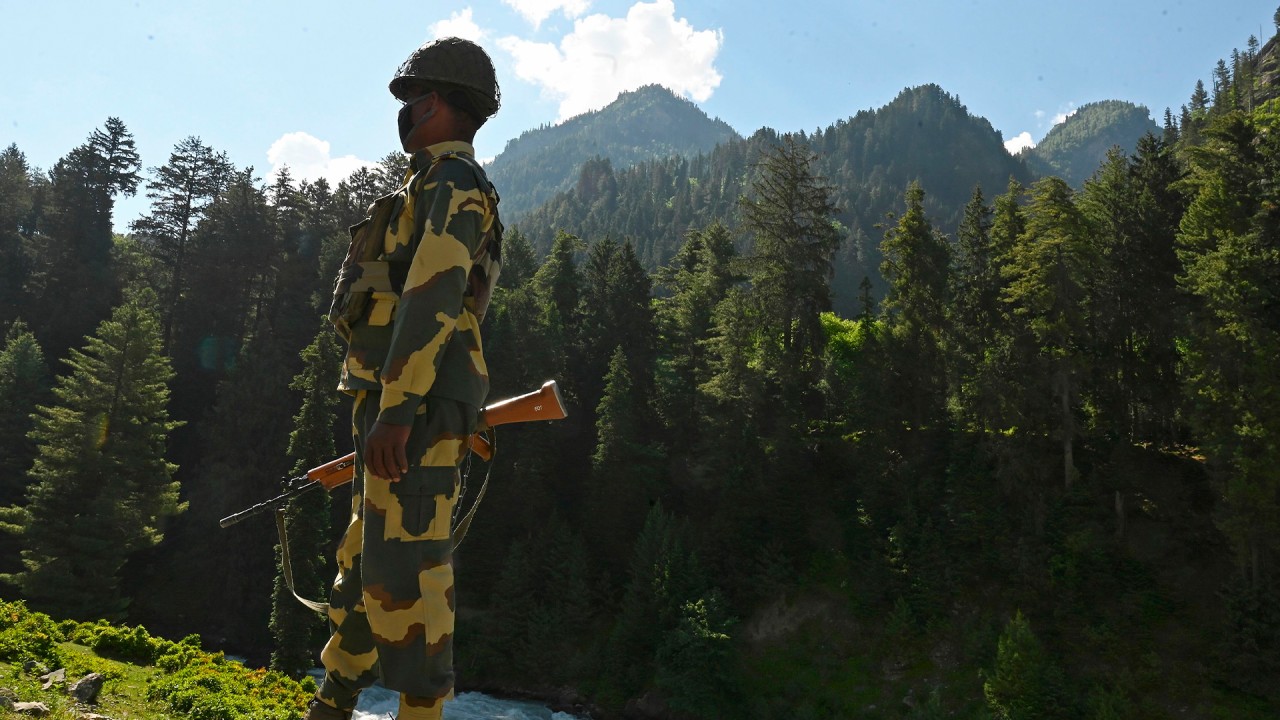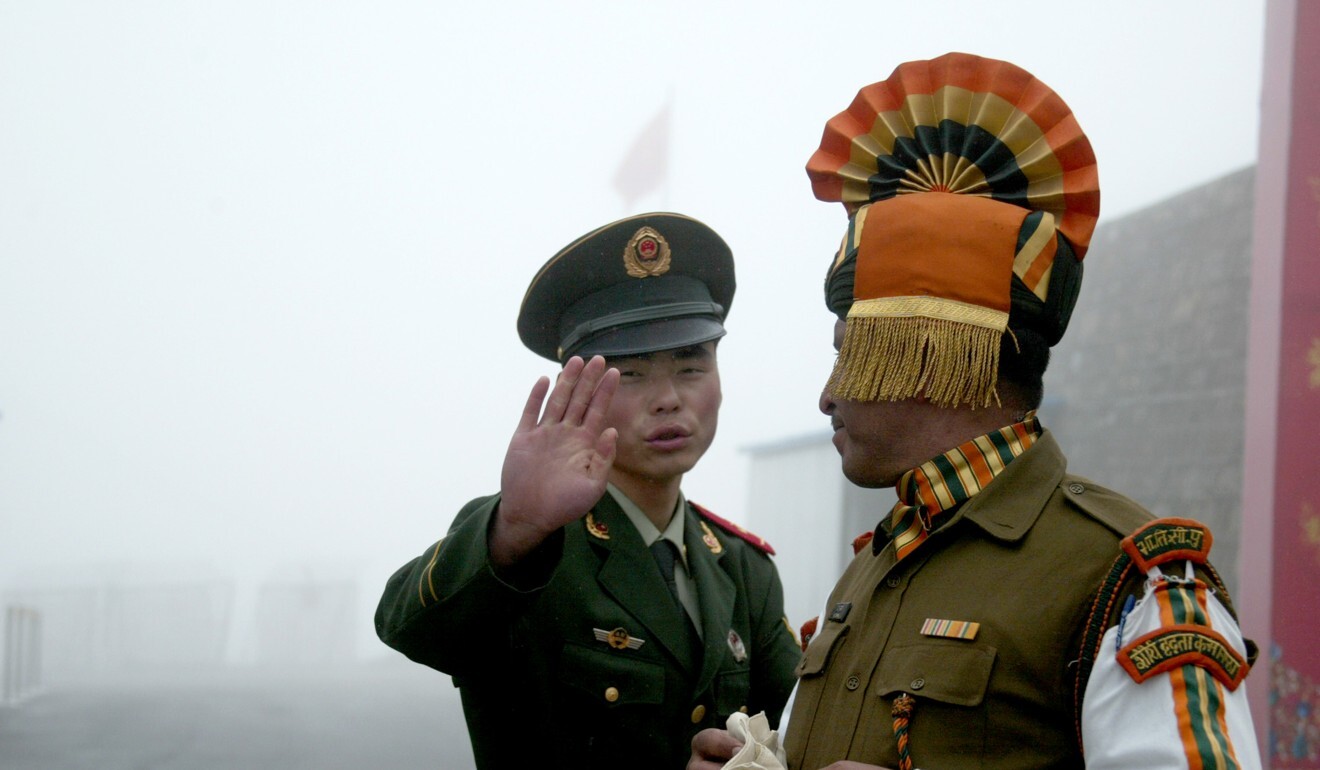
After border clash with India, has China made a strategic miscalculation?
- China seems to have decided it can bear the cost of its territorial assertion at the disputed border and has warned India against strategic miscalculation
- However, the current gain might cloud the big picture for Beijing in the long term
India accused China of “premeditated” transgressions at multiple locations along the contested Line of Actual Control and strongly condemned the manner in which the Indian soldiers were ambushed.
Although both sides reiterated their commitment “to not allow differences to become disputes”, the road ahead is fraught with uncertainty over the sincerity with which the Doval-Wang agreement will be implemented.

02:13
India and China attempt to de-escalate border tension after deaths
Between them, India and China have amassed tens of thousands of troops with inventory that includes tanks and artillery along the 1,600km frontier in the contested western sector while air assets have also been placed on a round-the-clock operational pattern. Winding down will be an extended process.
At the tactical level, India was unable to anticipate and pre-empt the PLA incursions at multiple locations along the LAC that had traditionally deemed to be peaceful areas, such as the Galwan Valley. For the first time since the 1993 Jiang Zemin-Narasimha Rao agreement, lives have been lost because of what is seen in India as Chinese perfidy.
China and India: how many soldiers must die before they get a border?
The larger strategic impact of this conflict is India’s loss of trust in China as a credible interlocutor. New Delhi is grappling with the challenge of identifying a new framework for the bilateral relationship even as the Covid-19 pandemic poses an immediate health challenge.

04:43
Viral Indian TikTok star says followers ‘can’t stop crying’ due to Indian government ban
Many explanations are being advanced to explain why China has acted as it did, effectively jettisoning of the spirit of the 1993 agreement.
Whatever the trigger for this latest flare-up, Beijing has decided to embark on this military intimidation of India in a manner reminiscent of what Mao ordered in October 1962, when, according to the Chinese side, the PLA “taught India a lesson”.
Chinese President Xi Jinping appears to have arrived at a strategic calculation that China can bear the cost of this attempt to alter the status quo on the LAC and that India does not have any viable option but to accept its neighbour’s territorial assertion. Concurrently, China has sought to place the onus of “strategic miscalculation” on India. This formulation merits scrutiny for its shrewdness.
Peer pressure: China’s rifts with major trade partners a key vulnerability
In the following years, India forged a close relationship with both Moscow and Washington and, more importantly, it assisted in the birth of Bangladesh in the face of Chinese and US opposition – a military feat that was remarkable for its time.
The considered assessment in New Delhi is that China has “lost” India due to its impulsive actions in the Galwan Valley and that the short-term tactical gains along the LAC will adversely affect the big picture for the People’s Republic in the run-up to its centenary in 2049.

It is possible that Beijing could hunker down and deal with this resistance and diplomatic opprobrium in the short term, but it will erode the goal of China emerging as a responsible global power that elicits respect and admiration for its many accomplishments.
What will emerge is the prospect of a lonely and sullen bully seeking to impose Chinese hegemony on an Asia that will resist such expansionism. Can strategic miscalculation be replaced by strategic prudence? The ball is in China’s court.
Commodore C. Uday Bhaskar is director of the Society for Policy Studies (SPS), an independent think tank based in New Delhi

